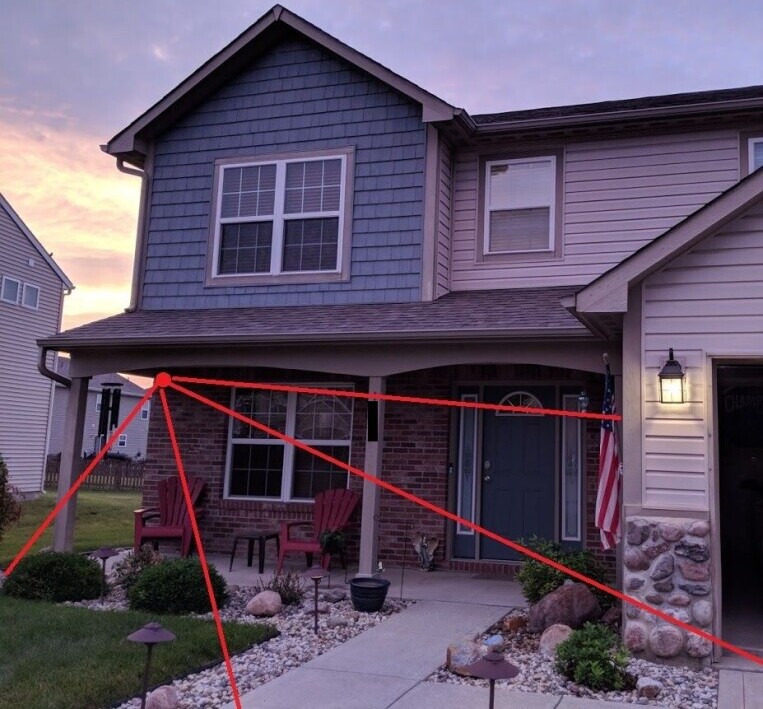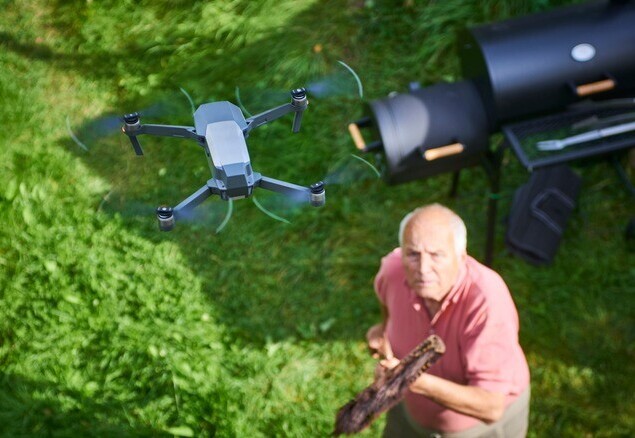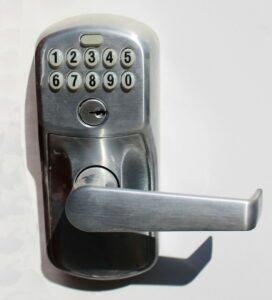7 Worst Locations for Installing Home Security Cameras: A Comprehensive Guide

When installing home security cameras, it’s crucial to choose the right spots to ensure optimal protection and avoid potential issues. Whether you’re using advanced smart cameras like the Google Nest Cam or a reliable option like the Ring Spotlight Cam Plus, the placement of your cameras can significantly impact their effectiveness. Here’s a guide to the seven worst locations to install home security cameras, including tips to avoid common mistakes and ensure your cameras provide the best possible coverage.
1. Areas with an ‘Expectation of Privacy’

To avoid legal complications and respect privacy, never install a security camera in areas where there is a reasonable expectation of privacy. This includes bathrooms, bedrooms, and any other private spaces within your home. If you need to monitor such areas (e.g., a bedroom in a shared rental), ensure the camera is clearly visible and that everyone in the household is aware of its presence. For external cameras, focus on public areas such as sidewalks or streets where privacy expectations are lower.
2. Pointing Directly at Neighboring Properties
When positioning your security cameras, avoid having them point directly at your neighbors’ property. Cameras that capture footage of neighboring windows or backyards can lead to privacy concerns and potential legal disputes. Many modern cameras, like those from Arlo or Ring, offer features such as privacy zones to block out specific areas. Utilize these features to ensure your neighbors’ privacy and address any concerns they may have.
3. Hidden or Hard-to-See Locations
It might seem logical to place cameras in less visible areas to catch intruders, but this can often be counterproductive. Burglars typically enter through the most obvious access points, such as front doors or first-floor windows. Position your cameras to monitor these key entry points. For comprehensive coverage, consider using multiple cameras, like the Arlo Pro 4 or Google Nest Cam bundles, to cover various areas around your property effectively.
4. Behind Obstructions
Ensure that your security cameras are not obstructed by objects like tree branches, plants, or furniture. Outdoor cameras can be obstructed by overgrown foliage or changing weather conditions. Indoors, avoid placing cameras in spots where they can be easily bumped or moved by pets or children. Regularly check and adjust camera placement to ensure a clear and unobstructed view.
5. Through a Window
Installing a camera through a window may seem like a cost-effective solution, but it often leads to poor performance. Glare, reflections, and dust can obstruct the view, especially when the sun is at certain angles. Additionally, windows limit the field of view and can restrict the camera’s effectiveness in monitoring key access points or large outdoor areas.
6. Facing the Sky
Avoid angling cameras upward to capture the sky. This can result in glare from the sun, which may obscure important details or cause damage to the camera over time. Instead, angle cameras to monitor areas below the roofline or tree canopy, and seek locations that provide partial shade to protect against UV damage.
7. Near Vents or Heat Sources
Installing cameras near vents, heaters, or other heat sources can negatively impact their performance. High temperatures and exhaust can dirty the camera lens, reduce battery life, and cause adhesive mounts to fail. Place cameras away from these elements to ensure optimal functionality and longevity.
Bonus Tip: Optimal Camera Height and Placement

While there’s no one-size-fits-all height for security cameras, placing them at a height that offers a broad field of view (greater than 130 degrees) is generally effective. For rechargeable models, choose locations that are easy to access for battery maintenance. Video doorbells are typically installed about 4 feet from the bottom of the doorframe for the best coverage.
For more information on home security, check out our guides on avoiding common security mistakes, protecting against porch pirates, reducing car break-in risks, and essential items to keep in a safe.
By following these guidelines, you can maximize the effectiveness of your home security system and ensure peace of mind for you and your family.
** Here’s a little transparency. Our website contains affiliate links. This means if you click and purchase, we may receive a small commission. Don’t worry, there’s no extra cost to you. It is a simple way you can help support our mission to bring you quality content. **
(As an Amazon Associate, I earn from qualifying purchases)


